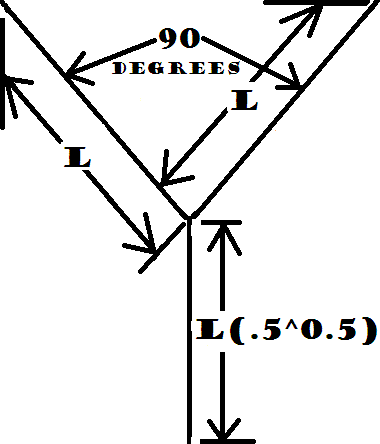The Spieker Limit

What is the limit of the height of this wire frame centre of mass from the base in terms of length ?
Give your answer up to 4 significant digits.
The answer is 0.8759.
This section requires Javascript.
You are seeing this because something didn't load right. We suggest you, (a) try
refreshing the page, (b) enabling javascript if it is disabled on your browser and,
finally, (c)
loading the
non-javascript version of this page
. We're sorry about the hassle.
L = 1
D = L / 2^0.5
A = L^2 / 2^0.5
Limit = [ .25 x 2 x D x A ] + [ .75 x 2 x D x 2^0.5 x A ] + [ .75 x 2 x D x 2^0.5 x A ] / [ A ] + [ 2^0.5 x A ] + [ 2^0.5 x A ]